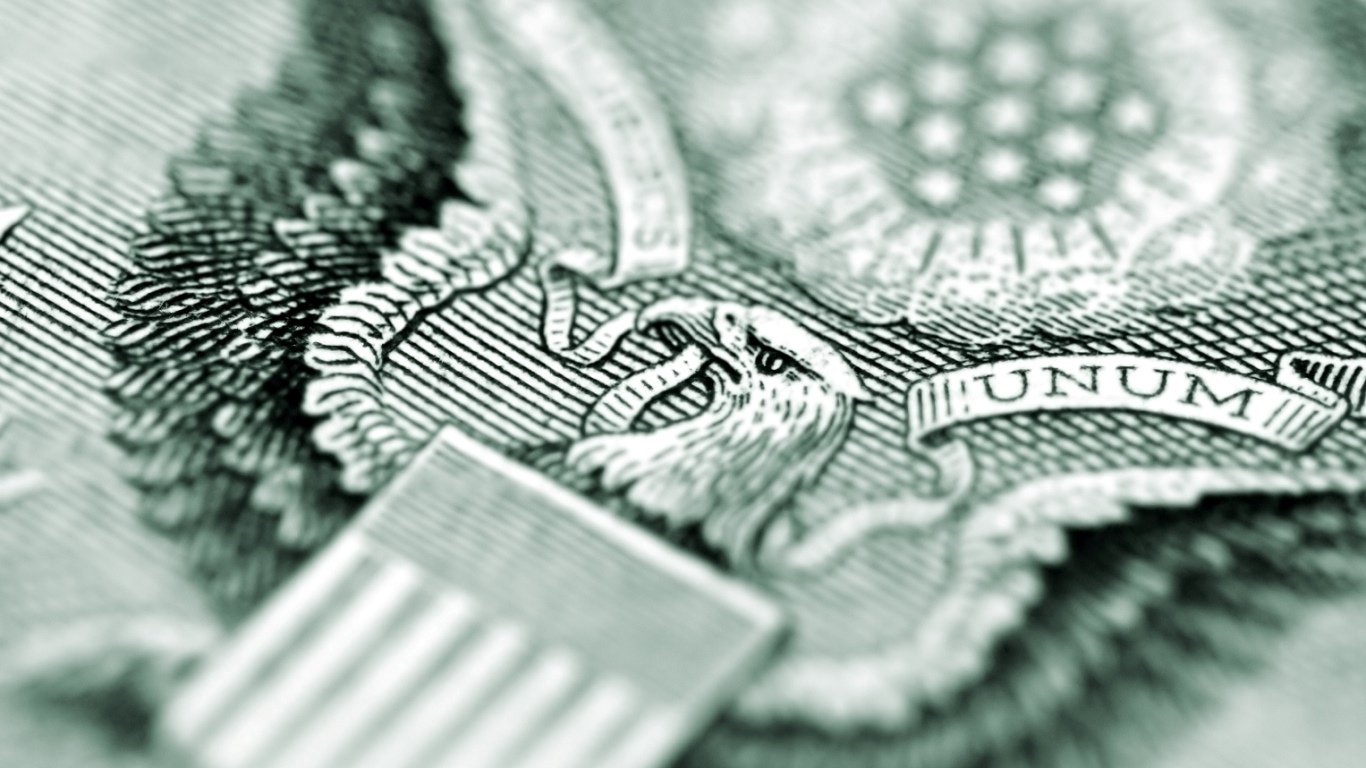Investing
While Negative US Interest Rates Are Possible, Odds of Reality Look Less Than Zero

Published:
Last Updated:

Many articles have pondered the short-term and long-term impacts of negative interest rates around the globe. Some of these concerns are recent, while some have persisted for years. One recent tally even put the amount of sovereign and related bond issuances trading with negative yields at close to $15 trillion. These are mostly in Europe and in Japan, but what about the real possibilities of negative interest rates in the United States?
Note and bond buyers who purchase central bank maturities with an interest rate under zero percent, hence negative yields, are effectively being forced into losing money every year until maturity. With many articles now pondering if negative interest rates are likely coming to the United States, there are many questions to answer about who really pays for those negative interest rates.
There are many market forces at work simultaneously, along with central bank debt purchases, for negative interest rates to prevail. Ultimately it is the investing class that “pays” in the end for negative interest rates. That said, the notion of who really pays for negative interest probably should considered a scenario in which there appear to be forced losses rather than actual fees charged to bond investors. This could be viewed as a loss, fee, tax or even reverse loan.
For a central bank to have negative interest rates, something is far from peachy in the economy and in the financial markets. To ponder negative interest rates in the United States in 2019, that is another situation in which the financial media’s headline writers have gone above and beyond reality versus actual market and economic conditions. The United States is in a self-imposed war with China, and the aim is to undo much more than trade deficits. The global growth story also has continued to slow, but neither the United States nor the global economy are actually in a recession.
Multiple freshly issued economic warnings need to be addressed in a longer-term outlook. UBS now sees three interest rate cuts coming by the U.S. Federal Reserve, and maybe even more. Morgan Stanley has issued a warning that the Federal Reserve could return to a near-zero interest policy, similar to what was seen from all of 2009 through 2015. Merrill Lynch also has warned of increasing chances that the economy will tip into a recession over the coming 12 months. And Goldman Sachs has lowered its fourth-quarter GDP forecast to growth of 1.8% from its prior 2.0% forecast.
These are not pretty, but they are far away from a recession, and they are not forcing actual market expectations into believing that negative interest rates are coming to the United States any time soon. A note from CNBC also warned against the (above) panic of negative interest rates in the United States:
- However, none of the current forecasts are for negative yields. The closest the Fed has ever come to entertaining the idea was three years ago when it instructed banks to prepare for a negative-yield scenario in their mandated stress tests.
As for negative interest rates from the actual market and federal funds futures, the CME FedWatch Tool from August 12, 2019, should offer a more reasonable outlook. The current range of fed funds is 2.00% to 2.25%, down from the peak of 2.25% to 2.50% prior to last month’s rate cut. The current CME FedWatch Tool has a 0% chance that rates will not be cut at the September 18, 2019, FOMC meeting. It is forecasting a 78.8% chance that fed funds will be cut to a range of 1.75% to 2.00%, and a 21.2% chance that the range will be lowered to 1.50% to 1.75%.
Now, zoom all the way out to the April 29, 2020, FOMC meeting predictions. Whatever the rate will be, current projections are calling for the funds rate to be lower. The CME FedWatch Tool shows the following probabilities of where fed funds will be at that time:
Thank you for reading! Have some feedback for us?
Contact the 24/7 Wall St. editorial team.